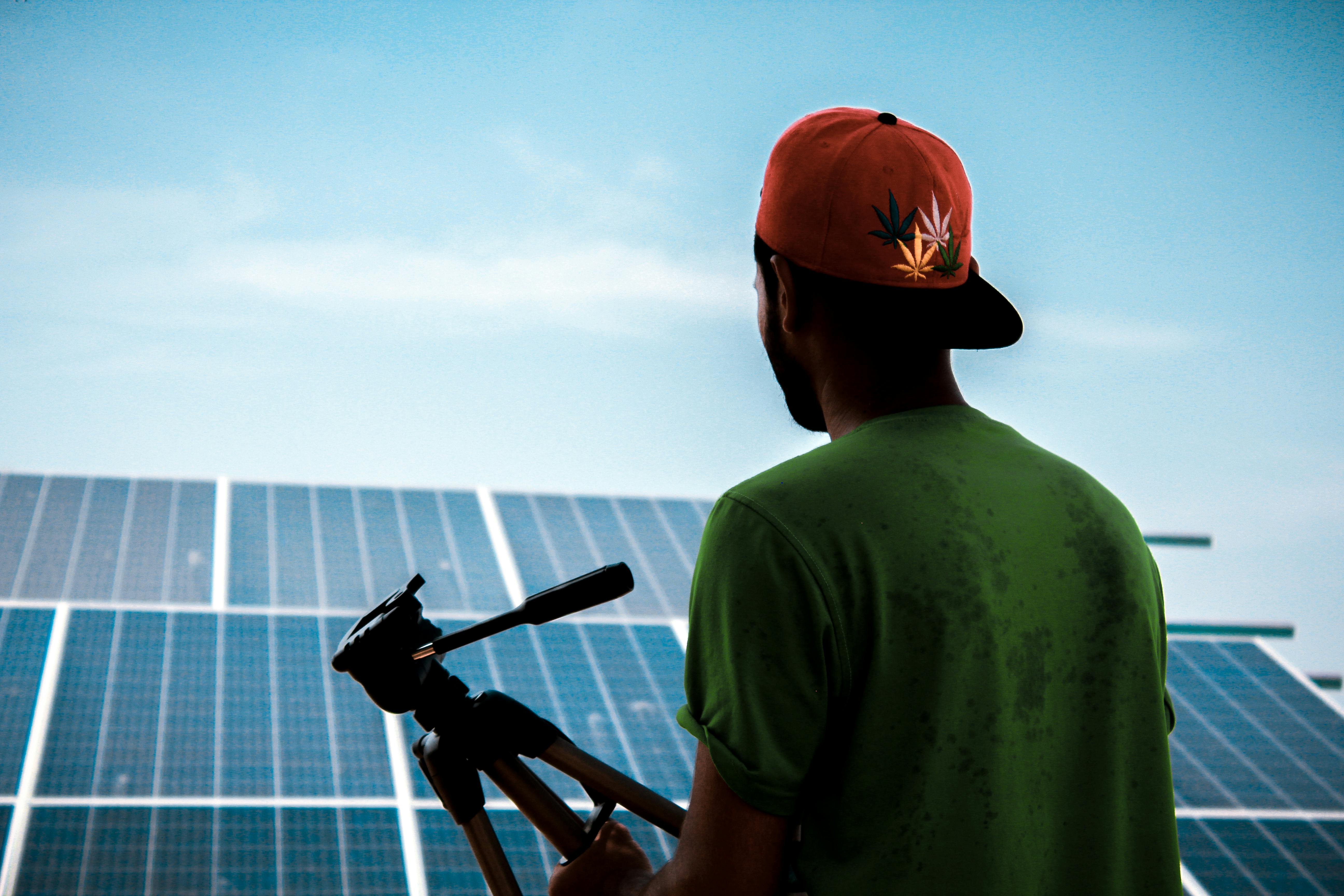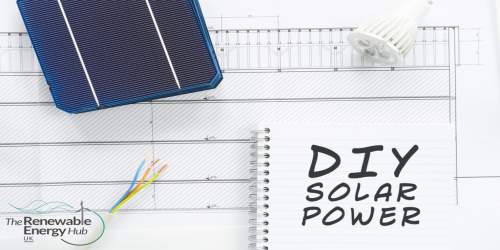____________________________________________________________________________
Leaders all over the globe are establishing ambitious climate change prevention goals. These plans include developing carbon-neutral nations and utilizing electric grids powered by renewable resources. Shrinking the world’s carbon footprint can significantly improve ecological conditions, conserving natural resources and healthy air quality.
Current technological development in the renewable energy industry is improving the accessibility of clean electricity. Once we improve the efficiency of production devices and decrease their environmental impacts, we can reduce our reliance on fossil fuels. First, though, scientists must mitigate the few downsides of renewable power devices, including wind turbines.
Ecological Challenges
Wind turbines are historically efficient energy production devices. They generate more power from wind than other renewable systems, like solar panels. Unfortunately, their current design compromises their sustainability because of its adverse biodiversity effects, use of non-recyclable materials, and dependence on inconsistent weather patterns.
Tens of thousands of bats die each year in the U.K. because of deadly wind turbine interactions. The animals may view turbines as trees or water sources, fatally colliding with the blades. The mass collisions generate a threat to certain species’ existence.
The turbine blades also contain non-recyclable materials, which means placing them in landfills after reaching their expiration dates. When they are unusable, companies remove the blades and chop them into smaller pieces. They place the sections on trucks and take them to designated landfills.
When the blades reach the disposal location, workers bury them in shallow graves where they will remain indefinitely. The non-recyclable elements in the devices can leach out into the soil, polluting local resources. Professionals in America will bury over 8,000 blades in the next few years.
Over time, limited space will remain for the components’ disposal. The system’s reliance on changing wind patterns also decreases its efficiency and sustainability. Nearly 7% of the U.S. electricity supply was derived from wind power in 2019. The rates of production could increase if the mechanism wasn’t so reliant on unpredictable weather patterns.
COMPARE PRICES FROM LOCAL INSTALLERS
Compare prices from local companies fast & free
Enter your postcode to compare quotes from leading professionals. We promise to keep your information Safe & Secure. Privacy Policy
A Sustainable Solution
Solar power is one alternative to wind, but it’s also not perfect. Solar power can generate significant quantities of clean electricity for localized communities. But its low efficiency requires mass panel development, generating large amounts of waste over time.
Thermoelectric power is an additional alternative to wind production. Unfortunately, rising water scarcity in the world decreases the sustainability of systems using freshwater sources. Environmental engineers and scientists examined the issues in the renewable energy industry and generated a sustainable solution.
Environmental engineers at Vortex developed a bladeless solution to the efficiency and ecological challenges. The device relies on vortex shedding – a wind energy occurrence. It extends upward from a grounded generator, oscillating to create clean electricity.
Unlike conventional turbines, the new device reduces waste production. It also limits animal interference by engaging in smaller motions than rotating blades. Scientists also developed additional alternative turbine models that generate wind power with little environmental interference.
The European company Airborne generated a small, shaftless wind power production device using drone technology. The drones act as a turbine alternative, decreasing the adverse environmental effects associated with wind power production. Unlike traditional systems, the device connects to a thin tether.
It flies in circles, generating its own wind and decreasing its reliance on unpredictable weather patterns. Additionally, the drones reach 600 feet, which is 300 feet higher than conventional turbines. The systems can access peak wind patterns, fueling additional power production.
In the United States, about 16% of the land is suitable for wind energy generation. The extensive heights associated with wind drones increase available production space to 66%. In the U.K., powering the nation while going 100% renewable would require tens of thousands of acres. We can achieve carbon neutrality goals when using these new-age devices.
Unlike the Vortex, wind drones contain blades that are significantly smaller and less ecologically degrading than turbines. They generate less waste and cause fewer biodiversity impacts than turbine blades. As technology advances, we can expect wind power technology to increase its sustainability.
Down the Line
With further technological advancements, we can develop an electric grid using 100% renewable power. Supporting the world’s electric needs with wind-harnessing devices can significantly decrease our ecological impact. A reduction in greenhouse gas emissions will limit climate change and preserve Earth’s natural state.
Author bio:
Jane works as an environmental and energy writer. She is also the founder and editor-in-chief of










